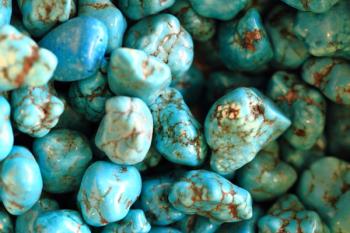
New Silicon-Rhodamine Photosensitizer Shows Promise in Photodynamic Therapy
A new study reveals the potential of a newly designed silicon-rhodamine-based photosensitizer to be used in photodynamic cancer treatment.
Finding viable treatments for cancer is of paramount importance in the medical community. Researchers at Zhengzhou University, led by Yuanqiang Sun, designed a novel silicon-rhodamine-based photosensitizer, SiR-PXZ (1). The initial results and operability of the SiR-PXZ photosensitizer was revealed at length in the journal Spectrochimica Acta Part A: Molecular and Biomolecular Spectroscopy (1).
Silicon-xanthene derivatives (SiXs) have garnered attention for their promising far-red to near-infrared (NIR) absorption and emission wavelengths, brightness, mitochondrial targeting properties, and high photo-stability (1). However, their potential as photosensitizers (PSs) for photodynamic therapy (PDT) in cancer treatment had been hindered by limited reactive oxygen species (ROS) generation (1). Sun and his team designed SiR-PXZ to specifically address PDT in anticancer treatment using a unique spin–orbit charge transfer-induced intersystem crossing (SOCT-ISC) mechanism (1).
The study revealed that SiR-PXZ possesses several important features. It has biocompatibility, minimal dark toxicity, favorable water-solubility, and stability (1). The photosensitizer demonstrates a considerable singlet oxygen quantum yield under 660 nm light irradiation, which is important to treat cancer as effectively as possible (ΦΔ = 0.16 in air-saturated PBS) (1). The SiR-PXZ is designed to target the mitochondria and induce apoptosis in cancer cells with an IC50 value of 1.2 μM (1). The results demonstrated that SiR-PXZ has powerful anti-tumor effects, which were revealed in the in vivo studies. As a result, SiR-PXZ is a potential candidate for future clinical applications in cancer therapy (1).
The SiR-PXZ photosensitizer is also unique because of its design. By overcoming the limitations in generating cytotoxic ROS, the researchers have opened new avenues for the application of silicon-xanthene derivatives in cancer treatment (1). It underscores how SiR-PXZ could be used in the future for clinical translation. The possibility for SiR-PXZ to be used for this purpose is further validated by the sensor’s heavy-atom-free nature and its targeting properties (1).
Sun and his team used their new sensor to learn more about how to effectively detect and treat cancer. The findings in this study not only contribute to our understanding of silicon-xanthene derivatives but also pave the way for further developments in the field of photodynamic cancer treatment (1).
This article was written with the help of artificial intelligence and has been edited to ensure accuracy and clarity. You can read more about our
Reference
(1) Zhang, H.; Ren, G.; Hou, W.; Wang, L.; Sun, Y. A Silicon-Rhodamine-Based Heavy-Atom-Free Photosensitizer for Mitochondria-targeted Photodynamic Therapy. Spectrochimica Acta Part A: Mol. Biomol. Spectrosc. 2024, 308, 123688. DOI:
Newsletter
Get essential updates on the latest spectroscopy technologies, regulatory standards, and best practices—subscribe today to Spectroscopy.





